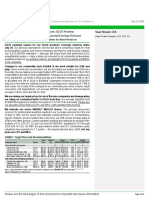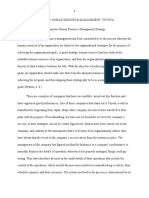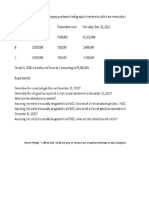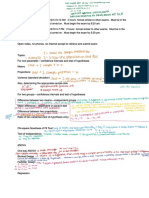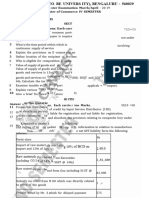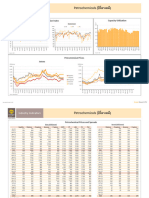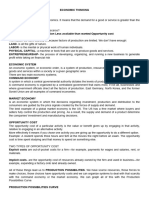0% found this document useful (0 votes)
16 views5 pagesMs Excell Formulas Tab
The document provides a comprehensive explanation of various formulas available in Excel's Formula Tab, categorized by their functions such as AutoSum, Financial, Logical, Text, Date & Time, Lookup & Reference, Math & Trig, and more. Each formula includes its purpose, syntax, and a classroom-friendly example for teaching. This resource serves as a complete guide for understanding and utilizing Excel formulas effectively.
Uploaded by
Rawal KhanCopyright
© © All Rights Reserved
We take content rights seriously. If you suspect this is your content, claim it here.
Available Formats
Download as PDF, TXT or read online on Scribd
0% found this document useful (0 votes)
16 views5 pagesMs Excell Formulas Tab
The document provides a comprehensive explanation of various formulas available in Excel's Formula Tab, categorized by their functions such as AutoSum, Financial, Logical, Text, Date & Time, Lookup & Reference, Math & Trig, and more. Each formula includes its purpose, syntax, and a classroom-friendly example for teaching. This resource serves as a complete guide for understanding and utilizing Excel formulas effectively.
Uploaded by
Rawal KhanCopyright
© © All Rights Reserved
We take content rights seriously. If you suspect this is your content, claim it here.
Available Formats
Download as PDF, TXT or read online on Scribd
/ 5



























































